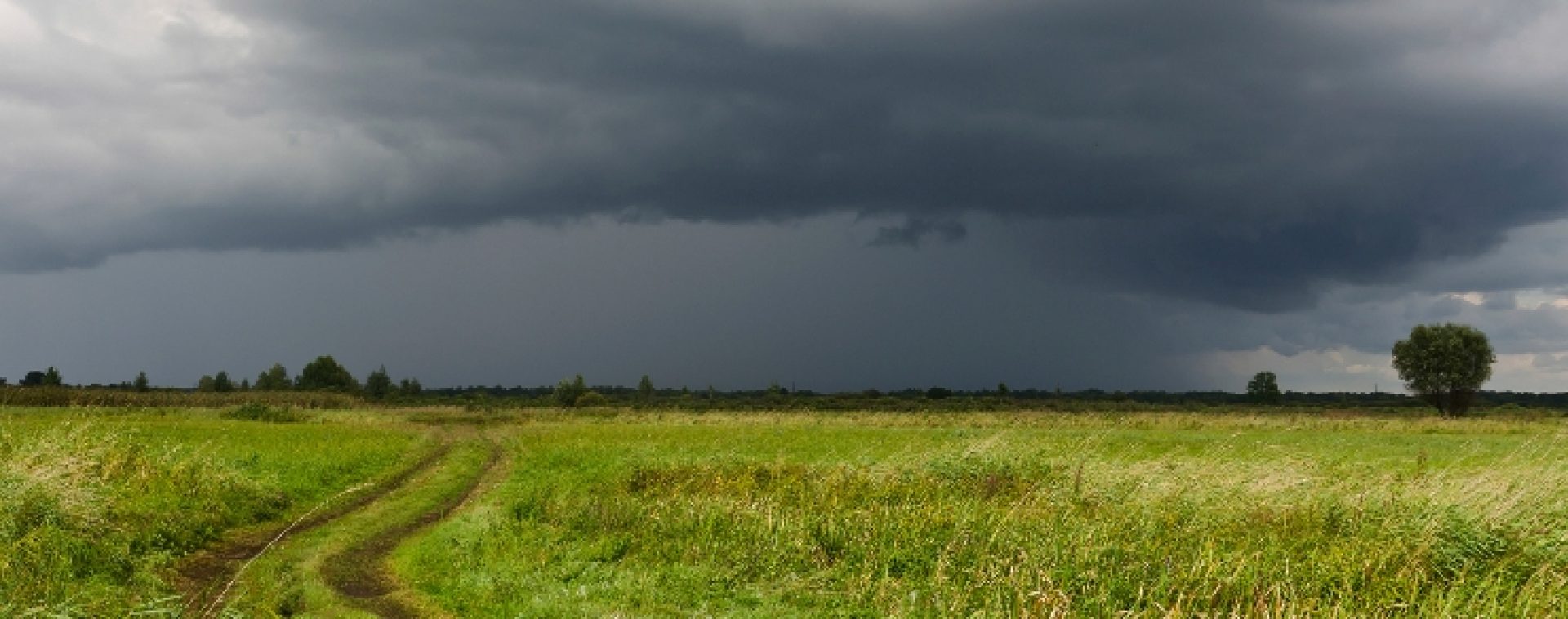How to Keep Your Cattle Safe During Hurricane Season
Hurricane season can mean a time of worry for many people, especially farmers with cattle. When the massive storm reaches land, it brings high winds and heavy rains that are a recipe for disaster. Coastal flooding is often the result, and we all know cattle are not huge fans of that.
While we can hunker down and hope for the best, a better option is to be prepared for what might come. Keep your cattle safe during the upcoming hurricane season by following some of these tips.
Be Prepared for Evacuation
Before you find out that a hurricane is coming, you need to be prepared to evacuate:
- Learn your potential evacuation routes.
- Add your emergency operations center numbers in your phone's contact list.
- Make sure your cattle trailers are in good shape — safe flooring, good tires plus a spare set, working lights, etc.
- Make a list of everything you'll need, such as plenty of hay, water, feed and vet supplies.
Get Advanced Warning
Typically, the government can provide advanced warning of a storm's arrival. The key is making sure you get that information. Your first step is to sign up for alerts from the National Weather Service's National Hurricane Center. They'll send warnings to your phone and email, so you can get the information sooner rather than later and take appropriate action.
Evacuate Your Cattle
Once you hear a hurricane is on its way, you'll want to move your cattle inland. To do this, you should:
- Provide shade. Heat stress is a serious concern for cattle. When possible, look for a shaded evacuation area. If there aren't trees in the area, consider portable structures that can do the job.
- Allow access to water. Give your cattle some water to cool off by temporarily allowing access to standing water or ponds.
- Provide feed and water. Thirsty animals will try to get into dangerous flood waters. If you don't have enough water, consider limiting their feed intake.
Consider Other Plans If Evacuation Isn't Possible
If transporting your cattle to a safe area isn't feasible, you should:
- Build mounds. If you have an area that experiences flood waters less than four feet deep, build mounds of soil your cattle can stand on to get out of the water.
- Block off dead-ends. If there are narrow passageways where your cattle could get trapped, block them off. Trapped and scared animals can do serious damage to themselves and structures.
- Secure your chemicals. You need to move pesticides, herbicides, fertilizers, treated seeds and anything else that could get into the water and contaminate your cattle's water source.
- Cut the electricity. Kill the electricity from the main switch. Otherwise, spooked cattle could damage electric fixtures and cause fires or electrocutions.
Protect Your Livestock
Remember, being prepared is better than gambling that your livestock won't be affected. If you do experience a hurricane in your area, only release your cattle when absolutely necessary — such as when the cattle barn gets flooded. Spooked animals do crazy things, like running full force towards you. You should also avoid tying your animals together. While it seems like a great way to make round-up easier, the connected cattle become a mass of nervous energy.
And when you move your cattle to a safe area, make sure they have access to pasture. If they don't, you'll need to bring hay for them to eat. If you end up with trapped and scared cattle, contact the authorities at the Emergency Operations Center. Tell them your location, how to identify your cattle and the disposition of the animals.
If your location is commonly affected by hurricanes, taking the steps now to protect your livestock will make dealing with the aftermath of a hurricane much easier.




Comments
Join the Discussion
Comments